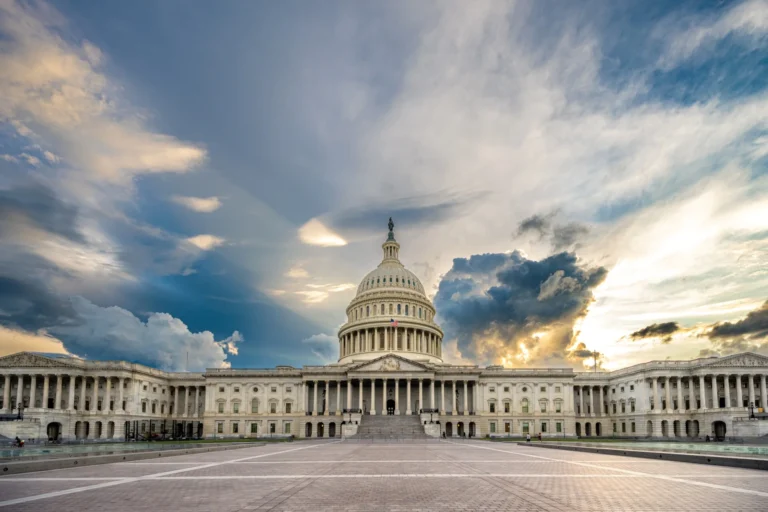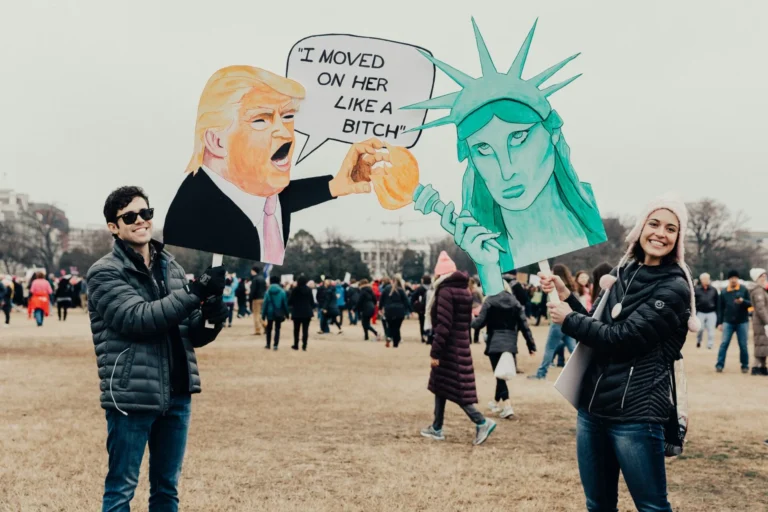By Cliff Montgomery – Mar. 28th, 2016
This U.S. election cycle has produced two of the more interesting presidential candidates in recent memory: a proudly elitist billionaire and an avowed socialist. So far, each has been quite successful in winning over massive numbers of enthusiastic supporters.
Socio-economic issues are obviously a driving force this election year. Thus it seems only right to bring attention to a little-discussed 2014 scholarly study which revealed that America’s socio-economic structure is not one of a functional democracy, but is instead that of an open plutocracy ruled by a wealthy few.
Well, that’s probably not really news to most of our readers. But what is especially compelling about the report by Princeton University Professor of Politics Martin Gilens and Northwestern University Professor of Decision Making Benjamin I. Page is that, for the first time, researchers were able to “test … contrasting theoretical predictions against each other within a single statistical model,” according to the report.
Gilens and Page were aided in their endeavor by culling together a massive amount of data and research.
Here’s how the professors explained the matter:
“Who governs? Who really rules? To what extent is the broad body of U.S. citizens sovereign, semi-sovereign, or largely powerless?,” asked the professors.
“These questions have animated much important work in the study of American politics,” they continued.
Though students of our political system have long enjoyed a “body of research [which] is rich and variegated,” a question has remained “about the independent influence upon U.S. policy making of four sets of actors: the Average Citizen or ‘median voter,’ Economic Elites, and Mass-based or Business-oriented Interest Groups or industries,” declared the report.
Thus Gilens and Page brought together “a unique data set that includes measures of the key variables for 1,779 policy issues,” according to the 2014 study. The professors utilized the results of public policy surveys taken between the years 1981 and 2002. Gilens and Page then broke down the responses by income level, and compared the stated desires of each group with the policies later enacted by government officials.
The two professors also collected data on the stated political desires of business and other interest groups, and likewise compared their desires with enacted policies.
This massive data set revealed one overriding fact to the professors:
“Multi-variate analysis indicates that economic elites and organized groups representing business interests have substantial independent impacts on U.S. government policy,” stated the report, “while average citizens and mass-based interest groups have little or no independent influence.”
As one reads on, it becomes quite clear who really runs America. For instance, the professors discovered that:
“When a majority of citizens disagrees with economic elites and/or with organized interests, they generally lose. Moreover, because of the strong status quo bias built into the U.S. political system, even when fairly large majorities of Americans favor policy change, they generally do not get it.”
In addition:
“A proposed policy change with low support among economically elite Americans (one-out-of-five in favor) is adopted only about 18% of the time,” points out the study, “while a proposed change with high support (four-out-of-five in favor) is adopted about 45% of the time.”
All this forces Gilens and Page to reach a sobering conclusion.
Although U.S. citizens “enjoy many features central to democratic governance, such as regular elections, freedom of speech and association and a widespread (if still contested) franchise,” the professors also “believe that if [U.S.] policymaking is dominated by powerful business organizations and a small number of affluent Americans, then America’s claims to being a democratic society are seriously threatened.”





